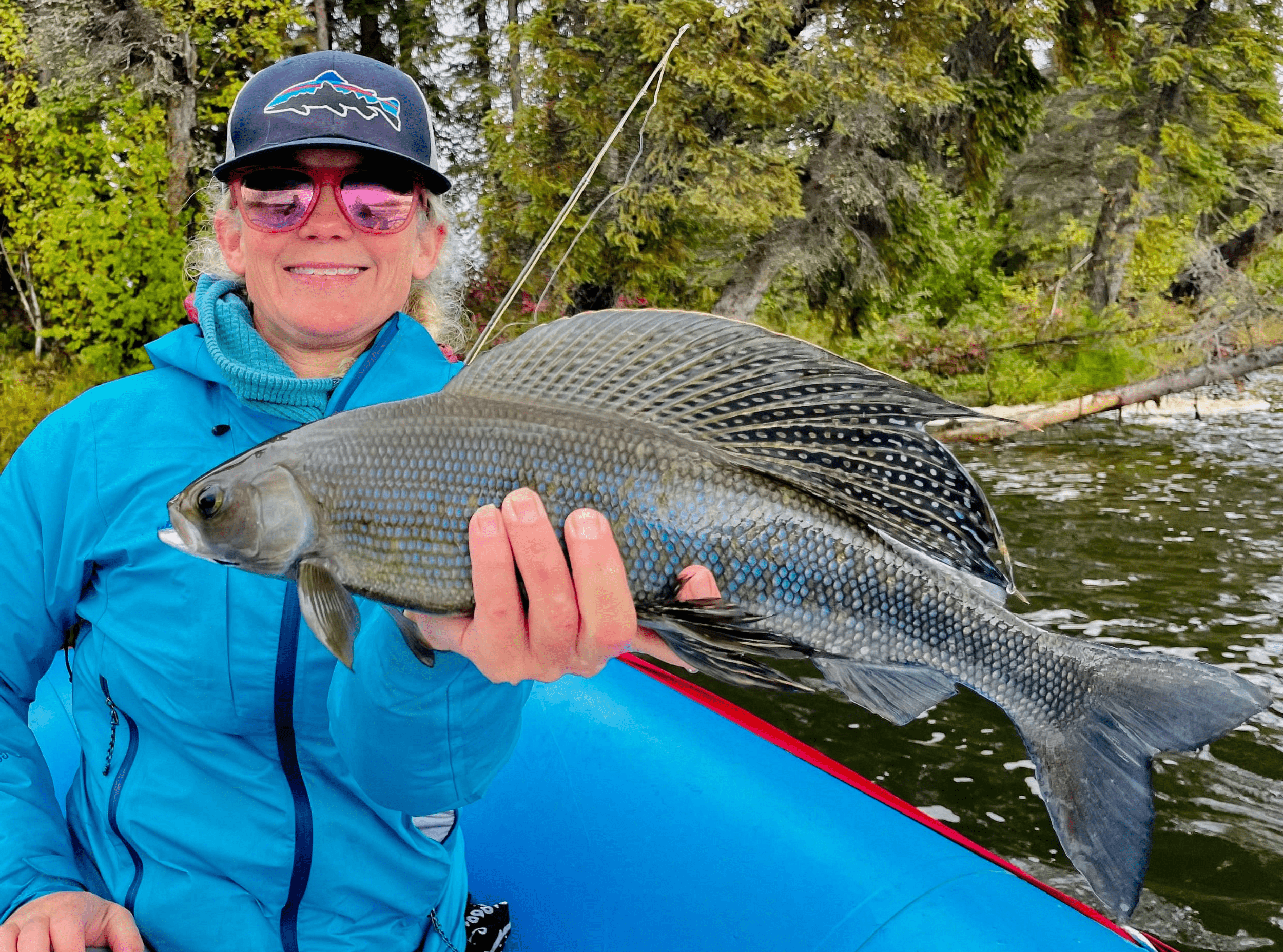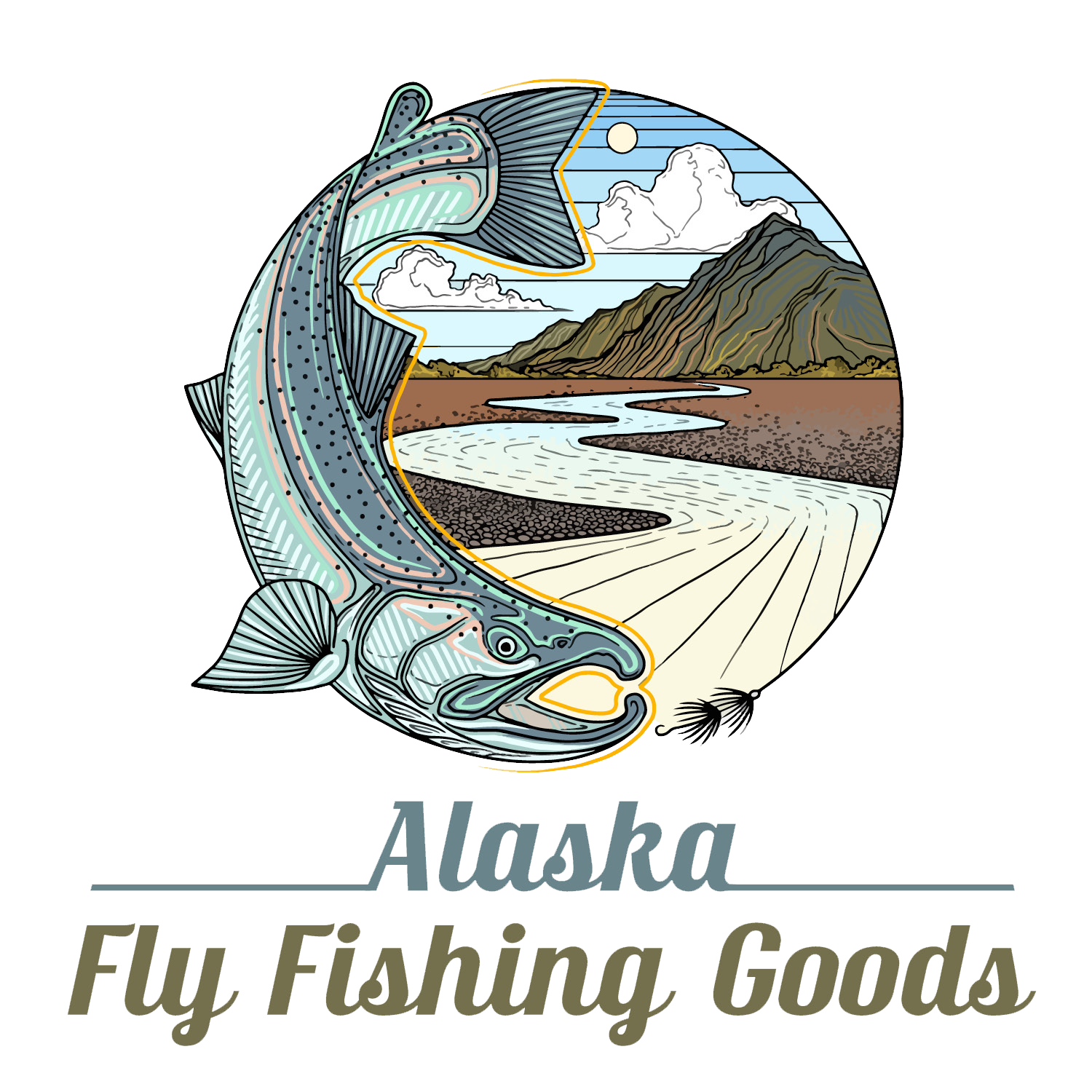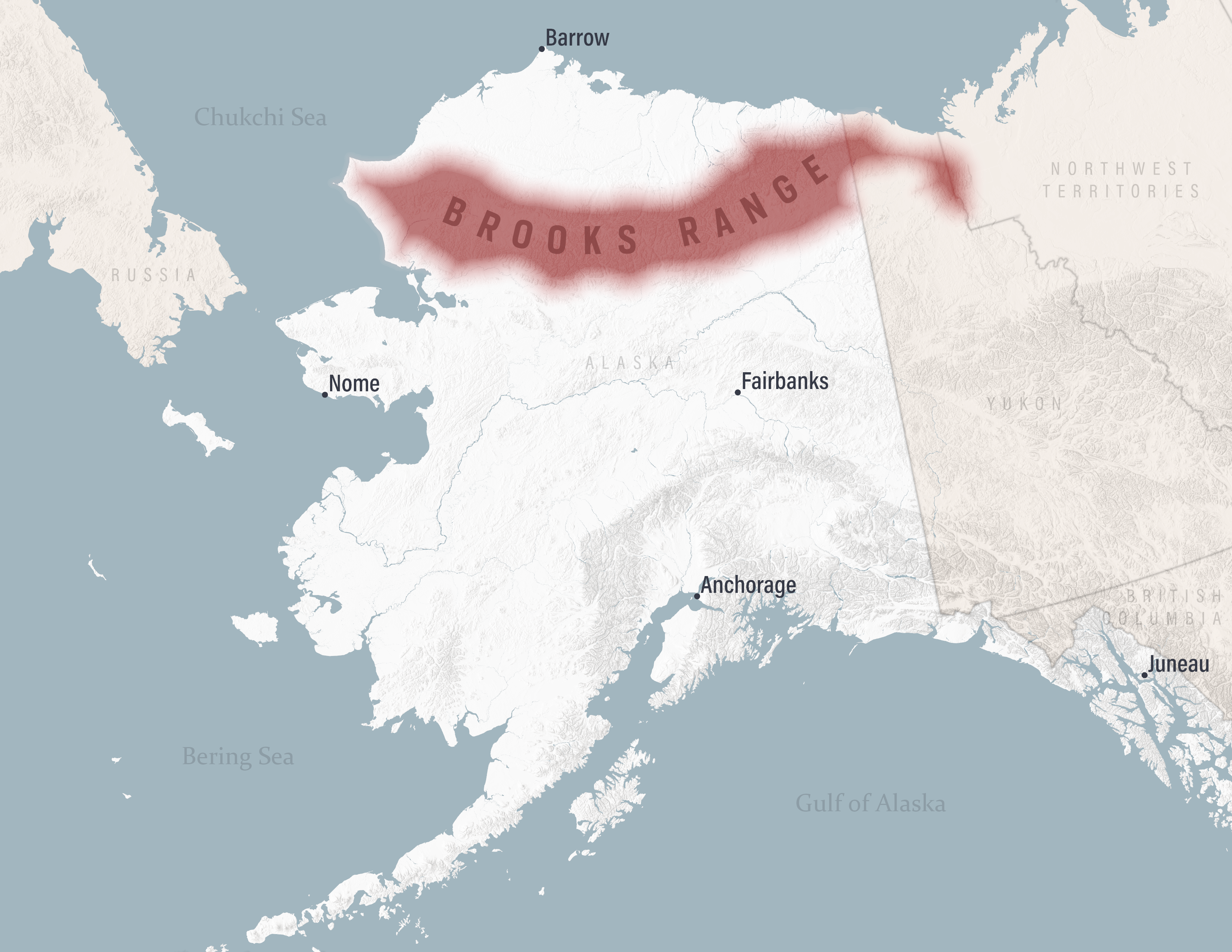WE ARE HUNTERS & ANGLERS FOR THE BROOKS RANGE
OUR MISSION // To defend America’s most wild and remote hunting and fishing grounds.

Alaska's Brooks Range
Vast. Wild. Remote.
Just how we like it.
Located above the Arctic Circle, the Brooks Range is one of the most isolated regions of Alaska. This expansive and rugged terrain takes considerable effort to reach, and even more fortitude to explore. You don’t come here for a weekend.
- You come to the Brooks Range when you want to float a scenic river through undisturbed boreal forest, alpine tundra and sweeping mountains for 10 days without seeing another group.
- You come to the Brooks Range when you want to pursue iconic species that survived the ice age, like caribou, or are relatively unique, like sheefish.
- You come to the Brooks Range when you want to push your limits, recalibrate yourself, or make lasting memories with people most important to you.
We must maintain a few special places where future generations of hunters and anglers can experience genuine solitude and carry forward our outdoor traditions. That’s why the hunt-fish community is speaking up to prevent the proposed Ambler Industrial Road, a risky proposal that threatens the very qualities that we value most about the Brooks Range.
Photo: Remote Waters






























































